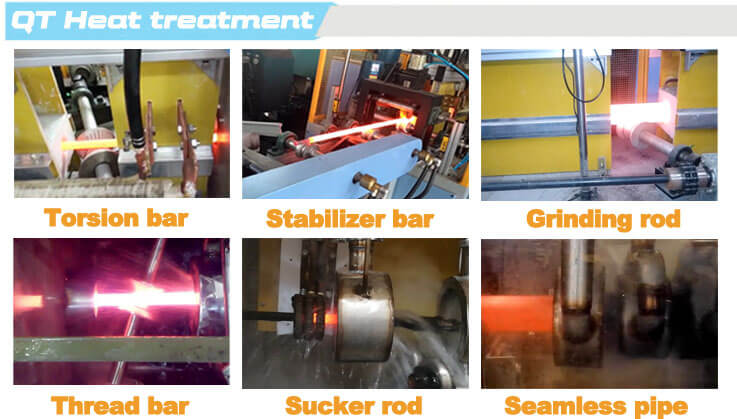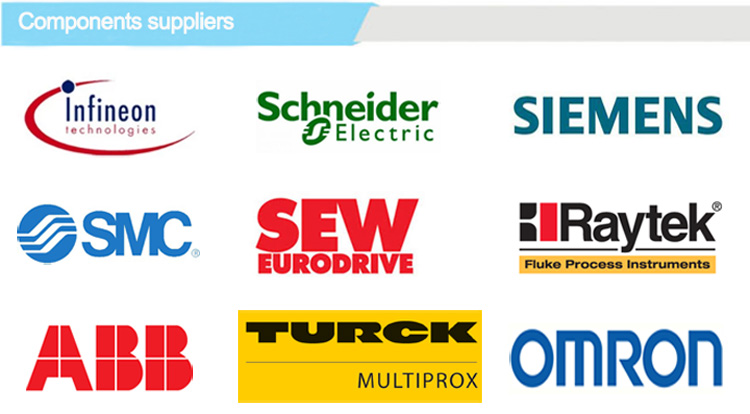Here someone introduces steel bar heat treatment process, come to see!
Some steel bars are subjected to impact loads, such as deformation and bending, and their surface layers are subjected to higher stress than the center. In the occasion of friction, the surface layer is also constantly worn, so some steel bar surface layers put forward high strength, high hardness, high wear resistance and high fatigue limit requirements, only strengthening can meet the above requirements. Heat treatment quenching is widely used in production because of its advantages of small deformation and high productivity. According to different heating modes, heat treatment quenching mainly includes induction heating furnace quenching, electric contact heating quenching and so on.

Induction heat treatment quenching
Induction heating is the use of electromagnetic induction in the steel bar workpiece vortex generated by heating the workpiece. Induction heating for quenching have the following advantages than normal quenching:
1. The heat source is produced on the surface of steel sheet workpiece, with high heating speed and high thermal efficiency.
2. The steel bar deformation is small because it is not heated in whole.
3. Steel bar heating time is short, surface oxidation decarbonization is very few;
4. The surface hardness of steel bar is high, notch sensitivity is small, impact toughness, fatigue strength and wear resistance are greatly improved. The heat treatment quenching of steel bar is beneficial to bring into full play the potential of materials, saving material consumption and improving the service life of parts.
5. Bar induction hardening and tempering machine is compact, easy to use;
6. Bar heat treatment furnace is convenient for mechanization and automation.

Properties of steel bar after quenching
1. Hardness: The surface hardness of steel bar quenched by medium frequency induction heat treatment equipment is usually 2-3 units higher than that of ordinary quenching (HRC).
2. Wear resistance: the wear resistance of steel bars is higher than that of ordinary quenching. This is mainly due to the fine martensite grain, high carbide dispersion, high hardness, high pressure stress and other comprehensive results.
3. Fatigue strength: This induction heating quenching process greatly improves fatigue strength and decreases notch sensitivity. For the workpiece with the same material, the fatigue strength increases with the increase of the depth of the hardened layer, but the surface layer is compressive stress when the depth of the hardened layer is too deep, so the fatigue strength of the hardened layer decreases and the brittleness of the workpiece increases. General hardened layer depth δ=(10~20)%D.

Overseas manager: Tom Wang
Email:tom@foreverfurnace.com
Phone: 0086-13303078975(whatsapp, wechat,line)
Specialist of bar heat treatment furnace in China; Glad to be your business partner in induction heating field.
Post time: 09-11-2018



